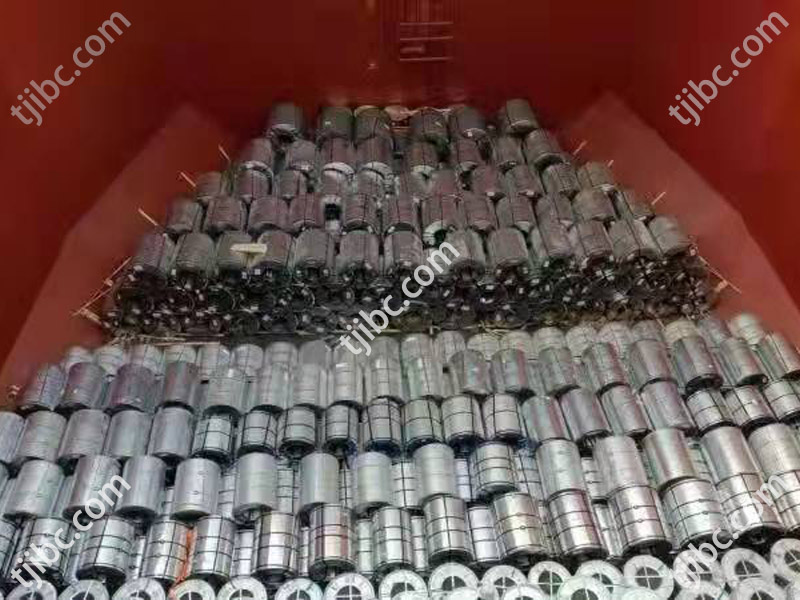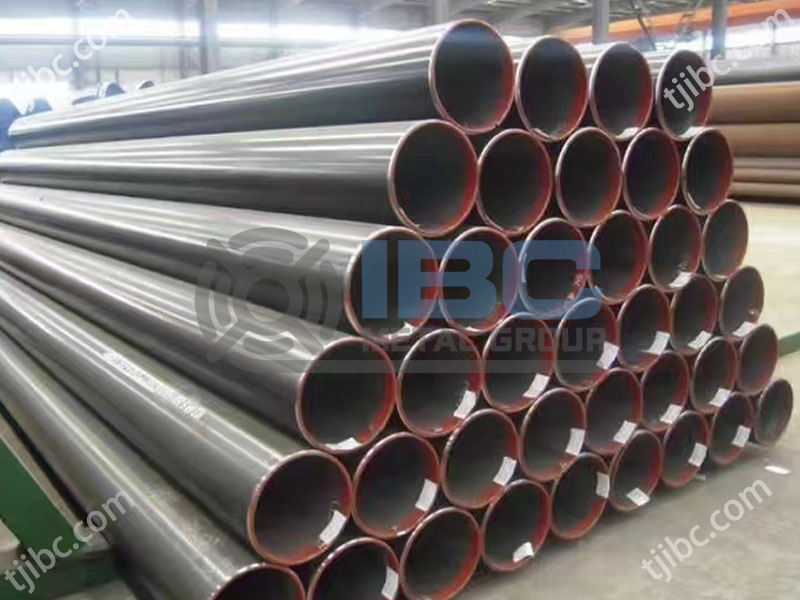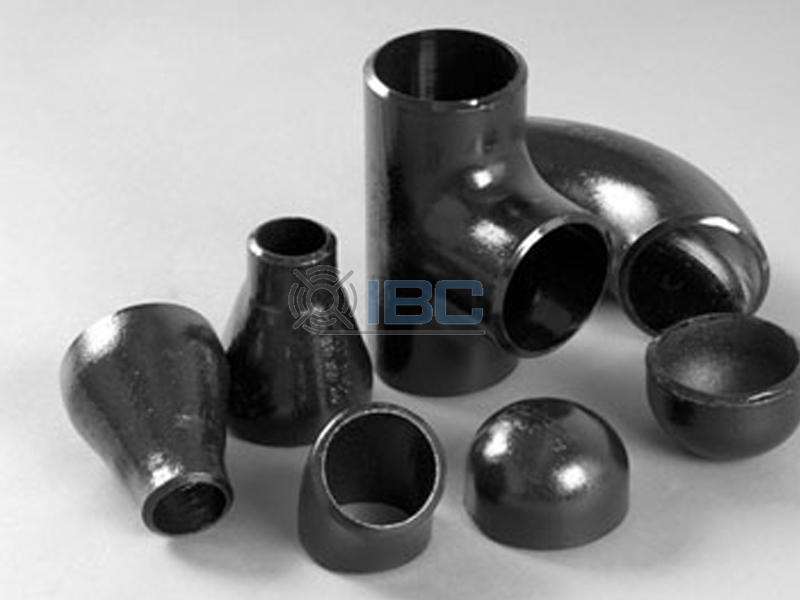Stainless steel and carbon steel are common metal materials. But there are some differences in their composition, characteristics and application fields.
The former is widely used in construction, chemical, medical, food and other industries. The latter is used to make various springs, low-speed wheels, locomotive rims, and impact-proof tools.
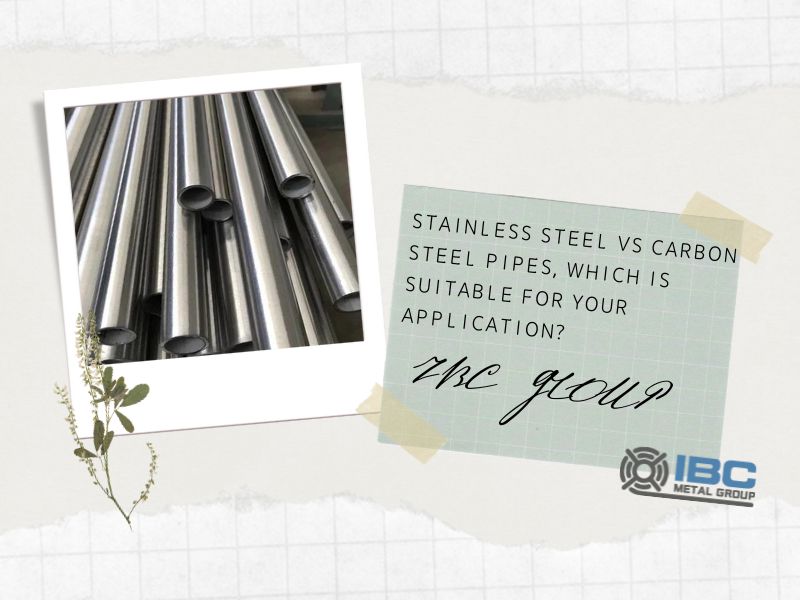
What is Stainless Steel
It’s a special kind of steel. The main characteristic of this steel is that it has no rust in weak corrosive media such as air, steam and water, and it can also resist the corrosion of chemical etched media such as acid, alkali and salt. In addition, its corrosion resistance mainly depends on the alloying elements contained in the steel, such as chromium and nickel.
Specifically, according to the definition in GB/T20878-2007, the chromium content of this steel is at least 10.5%, and the carbon content is not more than 1.2%. The presence of these elements makes it maintain good corrosion resistance in a variety of environments. In addition, the addition of other elements such as molybdenum can further improve the atmospheric corrosion of stainless steel, especially resistance to the corrosion of the chlorine-containing atmosphere.
There are many kinds of this steel, each of which has its specific application field and excellent properties. In the field of building construction, commonly used steel grades usually contain 17 ~ 22% chromium, and some high-quality steel grades also contain nickel. These steel grades have shown good corrosion resistance and performance in a variety of applications.
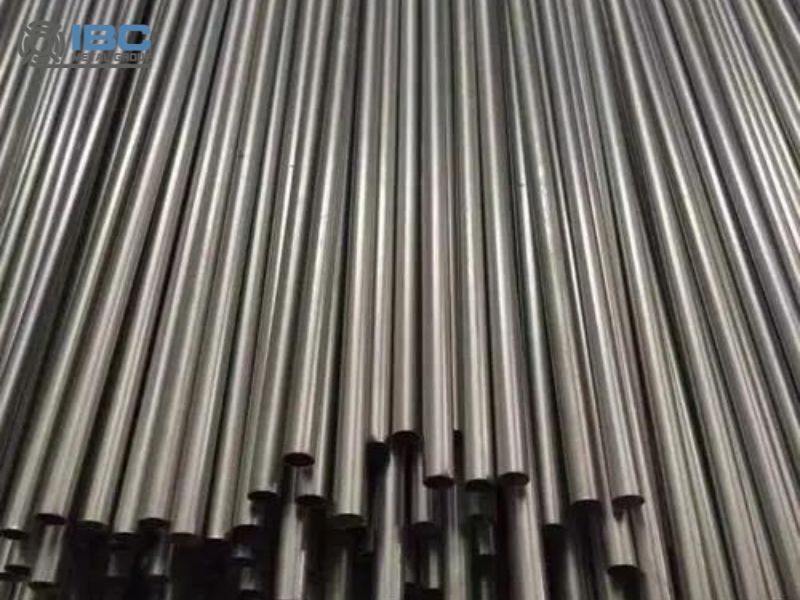
What is Carbon Steel
Carbon steel, also known as carbon steel, is an iron-carbon alloy with a carbon content between 0.0218% and 2.11%. In addition to carbon, this steel also contains a small amount of silicon, manganese, sulfur, phosphorus and other impurities. Its performance depends mainly on its carbon content.
Generally, the higher the carbon content, the higher the hardness and strength of carbon steel, but the ductility will be reduced accordingly. It has a variety of classifications, of which medium carbon steel is one of the carbon content, suitable for heat treatment.
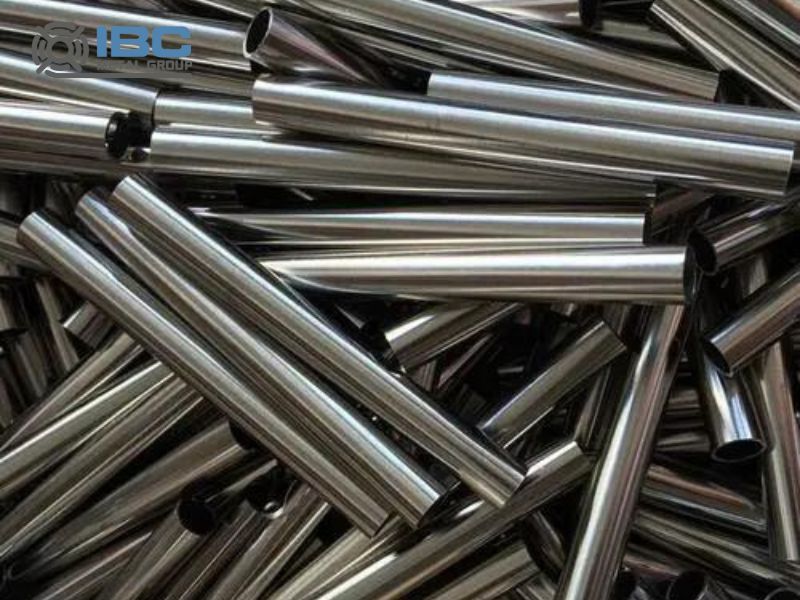
Performance Variation
1. Corrosion resistance: Stainless steel contains a lot of chromium and nickel elements, so that it has excellent corrosion resistance, especially in acidic environments. Carbon steel, due to its lower chromium and nickel content, has weaker corrosion resistance and is more prone to rust, so it needs regular protective treatment.
2. Strength and hardness: Carbon steel is usually harder and more resistant to wear due to its higher carbon content. However, in special environments, such as high temperatures or acidic environments, its stability is not good enough.
3. Toughness and plasticity: carbon steel has good toughness and plasticity, which means that it can be shaped into a variety of shapes and is not easy to break. In contrast, although stainless steel also has a certain toughness and plasticity, its strength and hardness usually make it slightly inferior to carbon steel in these aspects.
In summary, these two types of steel have their own advantages in performance and application fields. Stainless steel with its excellent corrosion resistance and aesthetics occupy a dominant position in kitchenware, architectural decoration and other fields, while carbon steel is widely used in construction, machinery manufacturing and other fields with its good toughness and plasticity and relatively low cost.
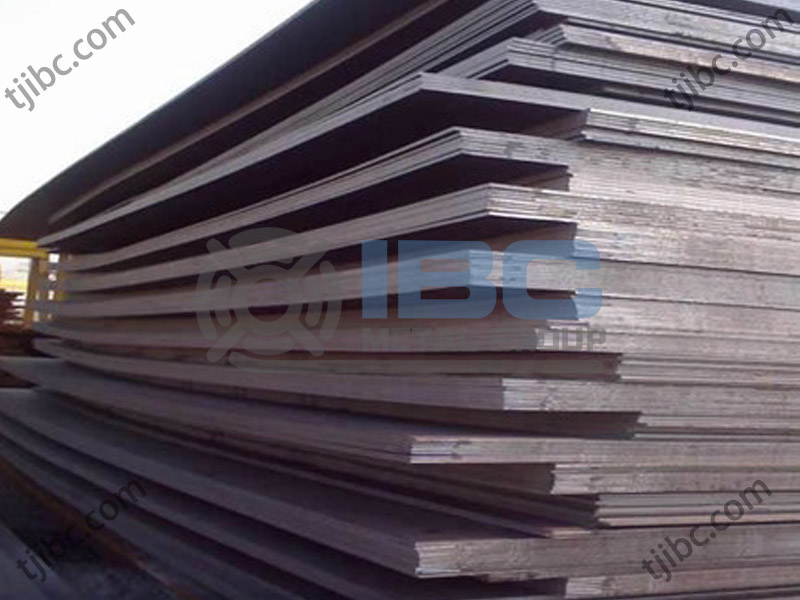
Contact with us today!

